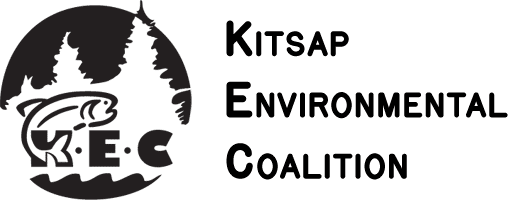-
Unless someone like you cares …
Posted on May 23, 2025My husband and I were drawn to Kitsap County due to the community’s commitment to the natural spaces here. Before moving here full time, we took WSU Water Stewardship programs, learning how vital it is to protect wild corridors not only for their beauty and the species found in them, but for our own health, flourishing and quality of life. Those experiences changed our whole way of thinking.
You see, we moved from an area of the southwest where most people have very little connection to wildlife, water resources and the lands that are quietly being converted to shopping centers and recreational complexes. […]
-
Speak Up for Heritage Parks – Community Comments
Posted on May 23, 2025Kitsap residents deliver their comments to the Planning Commission 5.20.25
Comment period extended to May 27, 5 pm:
Send your comment by email to the Planning Commission.Find your inspiration from a few of the comments from our Kitsap residents:
Planning Protocol MIA
Unless someone like you cares…
Green Exercise
Kitsap Heritage Park Trails
Kitsap Parks are Precious
Stewardship of the Heritage Parks
A Walk in the Park
Plan for the Public’s Parks
A Bear in the Yard
Heritage Park, not Regional Park […] -
A Bear in the Yard
Posted on May 23, 2025I would like to comment on the PROS Plan for the Heritage Parks.
I’ve been having growing concern and a pit in my stomach every time I walk though the Gamble Heritage Park. There are a lot of bikes – they move fast – and they are changing the way the woods function.
Many of us – and it’s not just ‘environmental types’ want to keep spaces that are dedicated to wildlife. This includes things like ‘good habitat’ and undisturbed spaces. […]
-
Kitsap Parks are Precious
Posted on May 23, 2025Kitsap parks are precious to the residents who live here.
This was clear in the County’s public survey that Kitsap citizens strongly value Kitsap’s natural environment and want our parks to protect valuable environmental resources where they still remain. Our Heritage Parks- North Kitsap, Port Gamble Forest, and Newberry Heritage Parks are rich environments that give us an opportunity to protect areas that are unique in their vibrant ecosystems. I am speaking specifically to these special parks. […]
-
A Walk in the Park
Posted on May 23, 2025Would everyone in this room who walks through the N Kitsap Heritage Parks please raise their hands?
Lucky you. You’ve been able to experience nature first-hand. You’ve very likely seen wildlife and the natural wonders that very possibly inspired you! That’s the power of Heritage Parks. They bring us together, heal our spirits, safeguard our air and water, stabilize our climate, and provide habitats for wildlife. They are sanctuaries of peace, solace, serenity and a unique connection to nature and wildlife. […]

